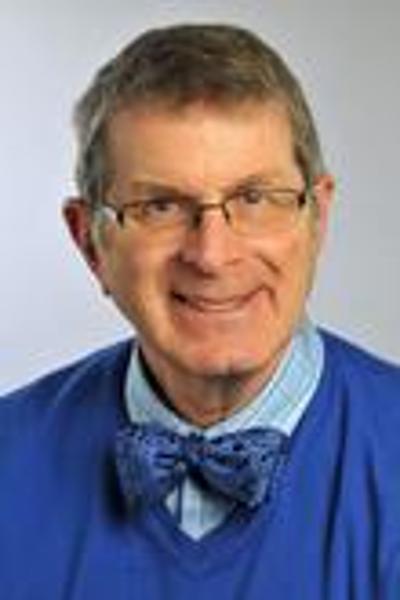News & Updates
Small Talk from the VP: It Takes a Village to Produce a MOOC
By Dave Smallen
May 18, 2015
In March 2013, when Hamilton joined edX, Dean Reynolds indicated that one of Hamilton’s goals was enabling faculty “to bring their scholarship and pedagogy to the public, engaging an expanded community with their unique contributions.” Last week, professors Doran Larson and Brent Plate spoke about realizing that goal, and the lessons they learned from offering Hamilton’s first two massively open online courses (MOOCs).
Humanities faculty typically do their work in a solitary fashion. Not so when creating a MOOC. Librarians, educational technologists, video-production specialists and students are all essential partners in the success of the course. Members of this entourage recently shared their thoughts.
Professor Larson indicated, creating a MOOC “was like writing a forty-thousand word textbook, and producing a movie, and putting on a stage production each week for six weeks.” Librarian Reid Larson, spoke of his role in assuring the accuracy of citations and locating appropriate materials to enhance students’ engagement, while helping students seamlessly navigate the content. Hamilton senior, Molly Root, who was a teaching assistant in professor Plate’s course, indicated that she was surprised to see how engaged the students were with the material and the variety of opinions expressed in the discussion forums. She, and a team of Hamilton students, helped develop the course materials, monitored the discussions in both courses, responded to posts, and generally served in the role of teaching assistants. Video production specialist Forrest Warner talked about the challenge of working with different presentation styles. He advised faculty to think of their presentations as a “conversation” with one student at a time rather than a lecture to a large audience. Ted Fondak, educational technologist, emphasized the need to understand the learning goals for a course when creating a MOOC, and finding creative ways to present the material, taking advantage of the multi-media nature of the edX platform.
Professor Plate indicated that “a MOOC is unlike any regular class in a college environment.” With students from over one hundred countries participating, forty-percent of whom already have college degrees, a MOOC brings new meaning to diversity of opinions in a classroom. While there is a technical component to creating the course, a fundamental challenge for liberal arts faculty is how to engage students in the learning process without the opportunity to interact with them face to face.
In addition to the presentation to our community, members of our team shared their experiences with other liberal arts edX peers at a recent meeting held May 11th at Wellesley College. At that meeting representatives from Hamilton, Colgate, Davidson and Wellesley agreed that ongoing sharing of our experiences with MOOCs and other forms of online/blended learning would be valuable. To formalize that commitment we signed an agreement to create a consortium “to promote joint educational and technological research collaboration concerning the exploration of the role of the online learning platform edX, as well as other online platforms and technologies in learning and pedagogy.” The consortium will help liberal arts colleges participate in, and shape, the national conversation about online learning.

